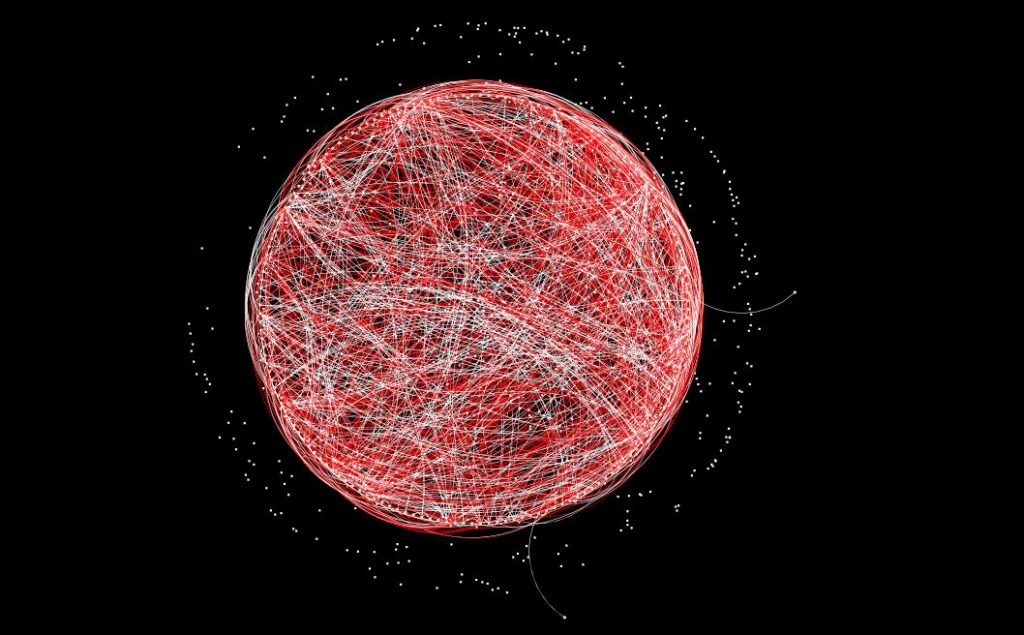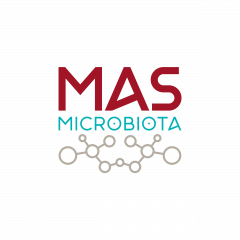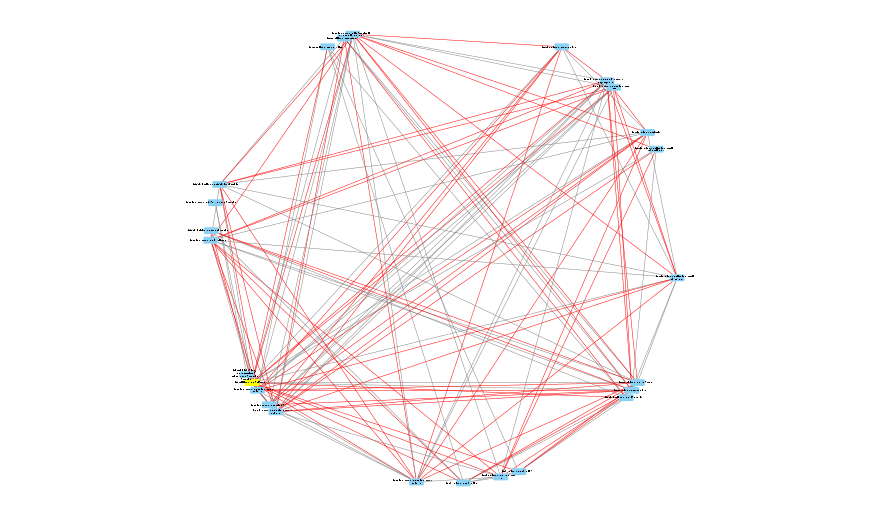ABOUT US: MICROBIOTA ANALYSIS TECHNIQUES
The research lines of the Microbiota, Food and Health research group (www.masmicrobiota.es) are aimed at studying the extrinsic (lifestyle) and intrinsic (genetic) factors that determine and modify the composition of the gut microbiota. In recent years, the gut microbiota has emerged as a key factor in human health, influencing the development of numerous diseases of diverse aetiology. For this reason, it is important to determine its composition, functions and interactions. Interactions (intended as the interplay of the trillions of microorganisms that compose microbiota) and with the different systems and organs of the human host (immune system, liver, brain, muscle, adipose tissue, etc.). The study of the gut microbiota is carried out through Next Generation Sequencing (NGS) techniques and real-time PCR (qPCR). Trying to discern the mentioned interactions, we determine numerous biological markers such as the levels of lipopolysaccharide (LPS) and Lipopolysaccharide binding protein (LBP), pro-inflammatory and anti-inflammatory cytokines in blood, levels of short chain fatty acids (SCFA) and calprotectin in faeces, etc. Our research work is developed in animal models and in human intervention and observational trials.
We carried out both the analyzesdata analyses and the subsequent statistical treatment of the Next generationmassive sequencing data of the 16s rRNA gene and the ITS and ITS2 regions of the 18s gene. Data analyses to obtain the BIOM table: demultiplex, quality filtering, feature picking, taxonomic assignment and sequence alignment and subsequently we apply downstream statistical data analyses and employ visualization tools. We have the capacity to develop specific pipelines depending on the needs of the researcher and we use free distribution software developed and validated by the international scientific community and publications in indexed journals.
Below are the main programs used in our bioinformatics laboratories:
QIIME 2 ™ (Quantitative Insights Into Microbial Ecology). QIIME is an open source bioinformatics project to perform microbial analyzes analyses from raw DNA sequencing data generated by Illumina or other platforms. QIIME 2 ™ is the reference platform for the latest generation microbial bioinformatics.
PICRUSt & PICRUSt2 (Phylogenetic Investigation of Communities by Reconstruction of Unobserved States). PICRUSt is software for predicting functional abundances such as KEGG orthologs and Enzyme Classification numbers based on marker gene sequences.
https://github.com/picrust/picrust2
LEfSe (Linear discriminant analysis Effect Size). LEfSe determines the characteristics (organisms, clades, operational taxonomic units, genes or functions) that are most likely to explain the differences between classes by combining standard tests of statistical significance with additional tests that encode the biological consistency and relevance of the effects.
https://bitbucket.org/biobakery/biobakery/wiki/lefse
R is a free software environment for statistical computing and graphics.
Cytoscape is an open source software platform to visualize complex networks and integrate them with any type of attribute data.



